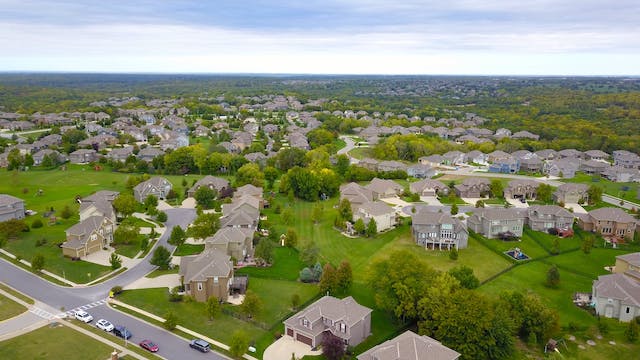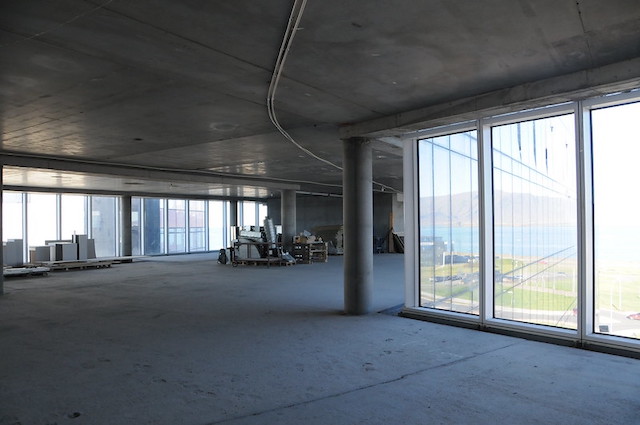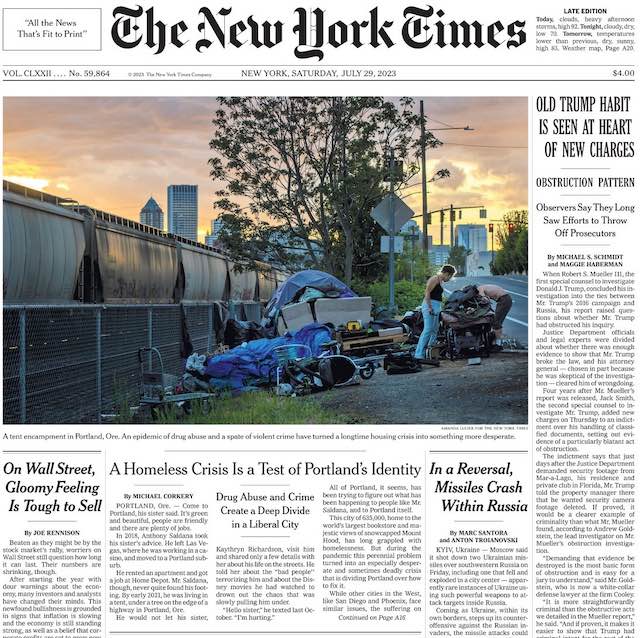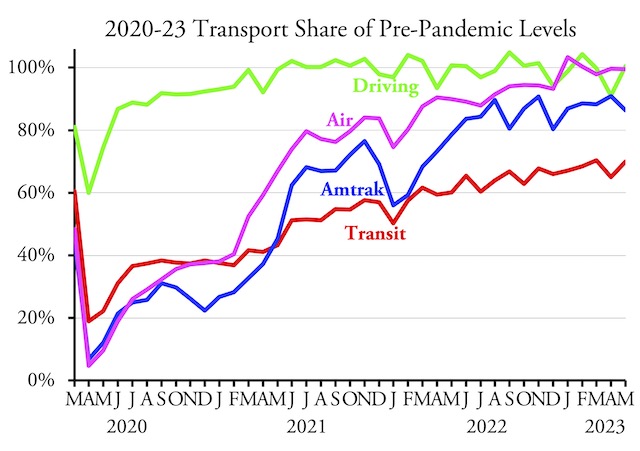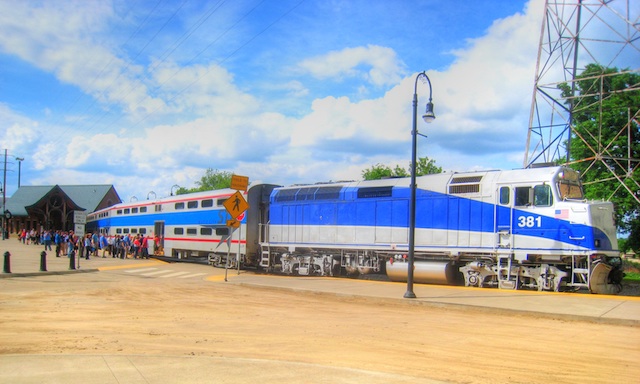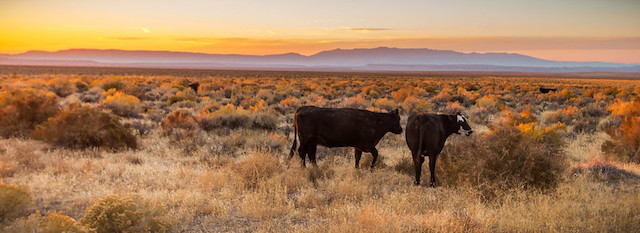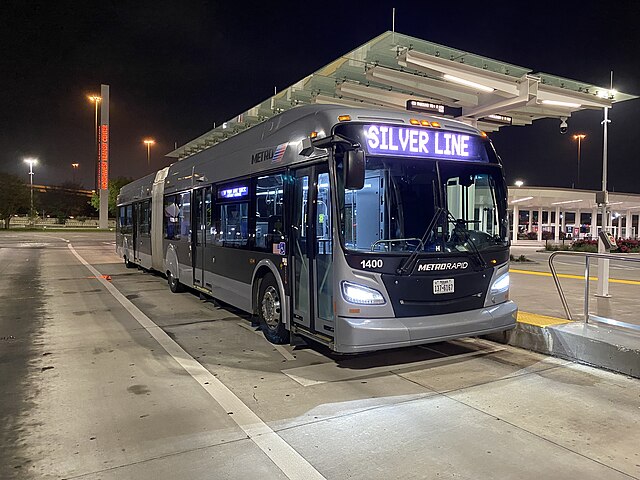A Pew poll released Wednesday found that 57 percent of Americans say they would rather live in a neighborhood with larger houses spaced further apart, even if it means driving to stores or restaurants, as opposed to one with smaller homes closer together but with shops and cafes within walking distance. That’s up from 53 percent in 2019 but down from 60 percent in 2021.
Do you prefer this . . .
The survey also found that young people and Democrats were more likely to want walkable communities while older people and Republicans were more likely to want more drivable communities. As with the general results, all groups tended to move towards a preference to low-density areas after the pandemic, and have partly moved back since then. Continue reading

